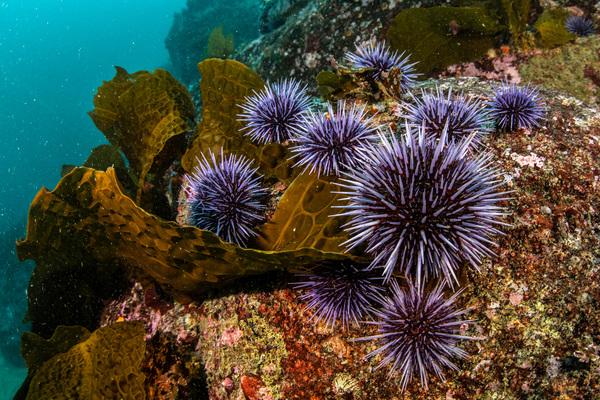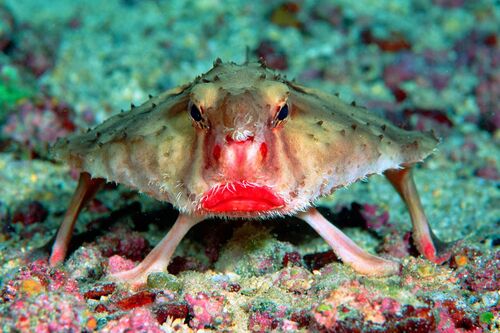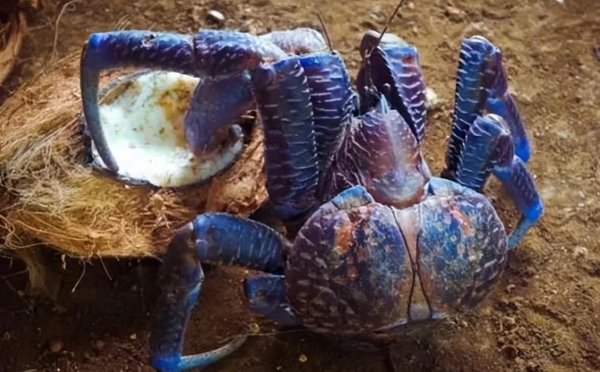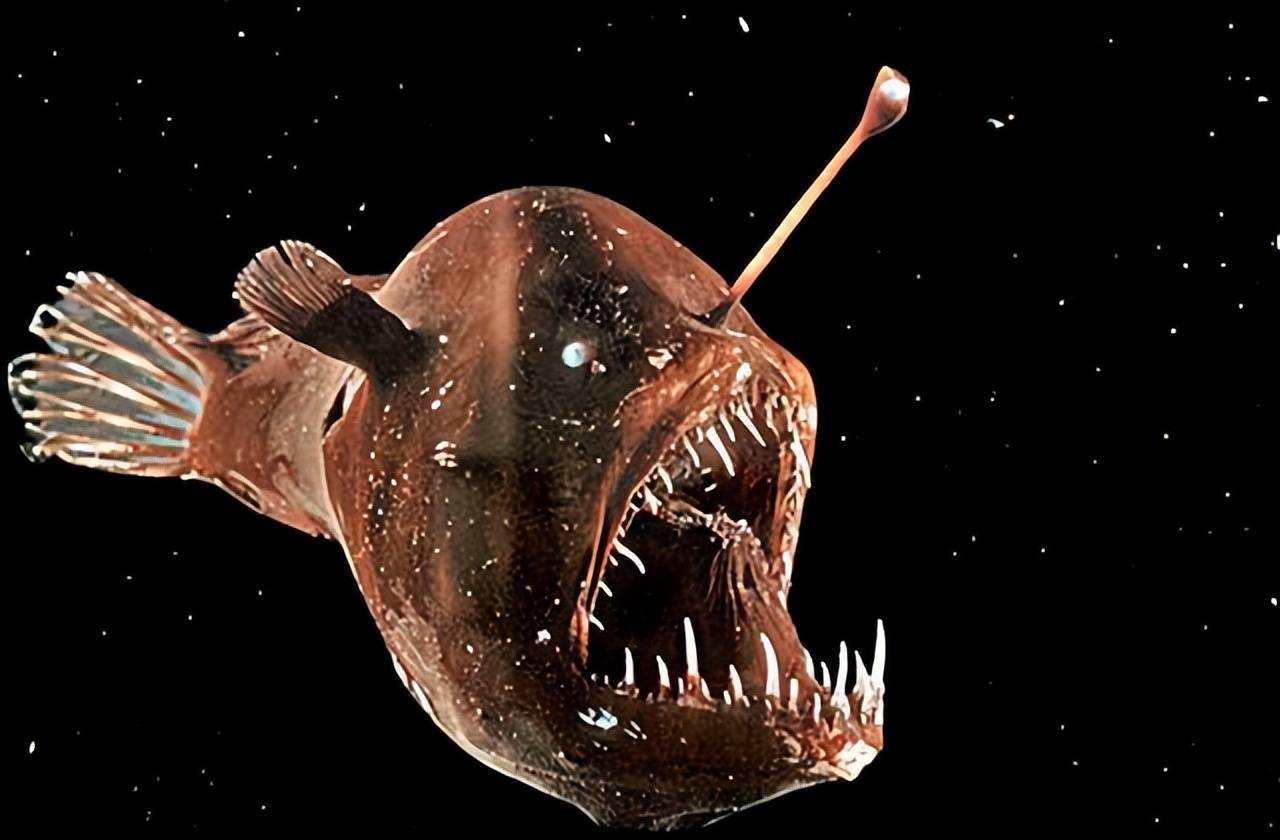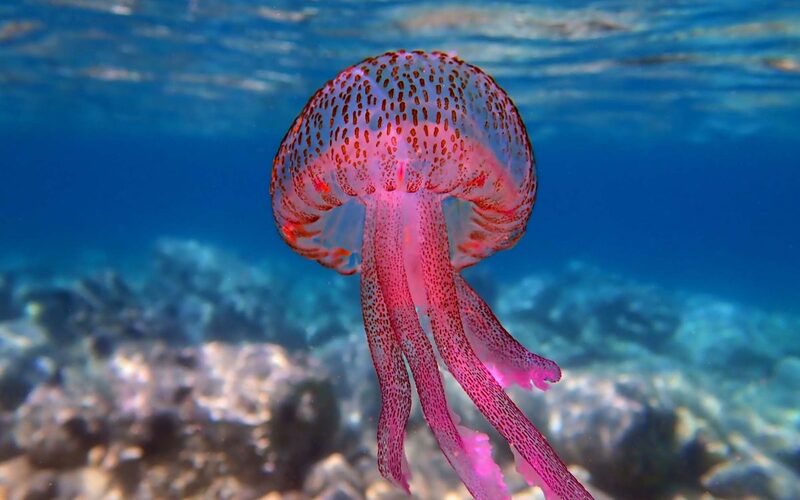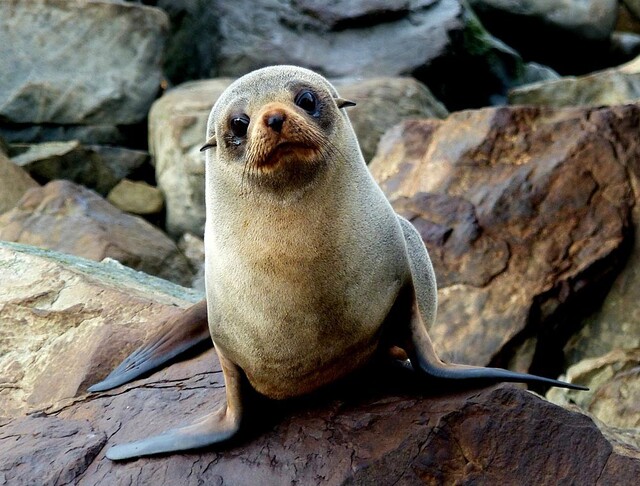Mimic Octopus
IUCN
LCBasic Information
Scientific classification
- name:Mimic Octopus
- Scientific Name:
- Outline:Marine Animals
- Family:mimic-octopus
Vital signs
- length:60cm
- Weight:
- lifetime:1-2 years
Feature
The Master of Disguise in the Ocean
Distribution and Habitat
Mimic octopuses are primarily found in shallow, sandy or muddy coastal waters of the Indo-Pacific region, including Indonesia, the Philippines, and Malaysia
Appearance
Details
Mimic Octopus: The Master of Disguise in the Ocean
The mimic octopus (Thaumoctopus mimicus) is one of the ocean's most fascinating and adaptable creatures. Known for its remarkable ability to imitate other animals, the mimic octopus is a true master of disguise. This article explores the mimic octopus in detail, covering its size, lifespan, habitat, species, reproduction, diet, predators, and fun facts. Read on to discover what makes this octopus so unique and how it survives in the underwater world.
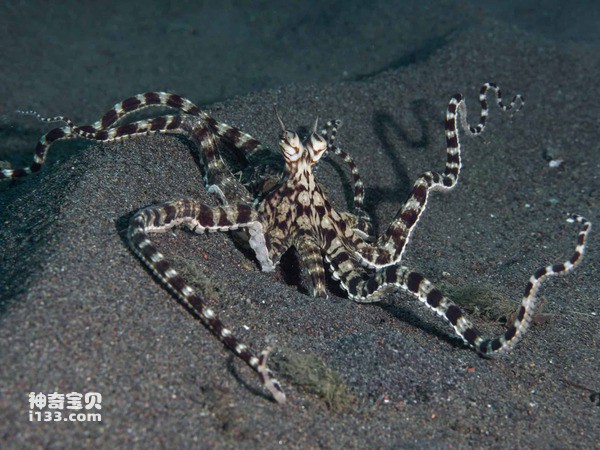
Table of Contents
Introduction: The Incredible Mimic Octopus
Size of the Mimic Octopus
Lifespan of the Mimic Octopus
Habitat of the Mimic Octopus
Species of Mimic Octopus
Reproduction and Life Cycle
Diet and Feeding Habits
Predators of the Mimic Octopus
Fun Facts About the Mimic Octopus
Conclusion
1. Introduction: The Incredible Mimic Octopus
The mimic octopus (Thaumoctopus mimicus) is a small, highly intelligent marine creature native to the Indo-Pacific region. Its most fascinating feature is its ability to imitate the appearance and behavior of various animals, a unique defense mechanism that helps it evade predators and attract prey. This octopus was first discovered in 1998 off the coast of Indonesia, and its exceptional mimicry has since captured the attention of marine biologists and nature enthusiasts around the world.
2. Size of the Mimic Octopus
The mimic octopus is relatively small compared to other species of octopus. Typically, an adult mimic octopus reaches about 60 cm (24 inches) in total length, including its arms. However, the body itself is much smaller, measuring only about 20 cm (8 inches) in length. Despite its small size, the mimic octopus's ability to change its shape and color is extraordinary, allowing it to mimic a variety of much larger animals.
3. Lifespan of the Mimic Octopus
The lifespan of a mimic octopus is typically around 1 to 2 years. Like most octopuses, the mimic octopus has a relatively short life cycle, which is influenced by environmental conditions, such as temperature, food availability, and predation risks. Although its life is brief, it packs a lot of survival strategy into its short lifespan, relying on its exceptional mimicry to avoid predators and catch prey.
4. Habitat of the Mimic Octopus
Mimic octopuses are primarily found in shallow, sandy or muddy coastal waters of the Indo-Pacific region, including Indonesia, the Philippines, and Malaysia. They typically inhabit depths of around 5 to 20 meters (16 to 66 feet) but can be found in deeper waters on occasion. Their natural habitat consists of sandy or muddy ocean floors, where they can easily camouflage and hide from predators. These octopuses often seek shelter in burrows or crevices and use their ability to change color and texture to blend into their surroundings.
5. Species of Mimic Octopus
The mimic octopus is a single species, but it belongs to the broader octopus family known for its intelligence and mimicry capabilities. The species was first described in 1998 by marine biologist Dr. Mark Norman and his colleagues. While Thaumoctopus mimicus is the primary species recognized for mimicry, other species within the octopus genus (Thaumoctopus) exhibit similar behaviors. However, no other octopus species is known to mimic as many animals as the mimic octopus.
6. Reproduction and Life Cycle
Mimic octopuses have a semelparous reproductive strategy, meaning they reproduce once in their lifetime before dying. Mating typically occurs during the mating season, when males actively search for females. The male uses a specialized arm called the hectocotylus to transfer spermatophores (sperm packets) to the female. After mating, the female lays a batch of several hundred eggs in a hidden den or crevice. The female then guards the eggs, protecting them from predators until they hatch.
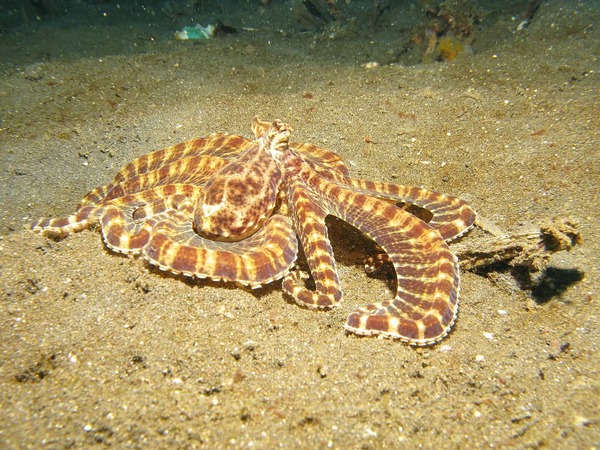
After hatching, the young octopuses (called paralarvae) are born as tiny, fully formed miniature versions of adult octopuses. They immediately begin their independent lives, hunting and avoiding predators, and undergo rapid growth until they reach maturity.
7. Diet and Feeding Habits
The mimic octopus is a carnivore that primarily feeds on small fish, crustaceans, and other invertebrates found on the ocean floor. Its diet includes shrimp, crabs, and small fish, which it hunts using its superior intelligence and camouflage abilities. The mimic octopus is an opportunistic predator, using its ability to blend into the environment to ambush prey.
Interestingly, the mimic octopus is also known to use its mimicry skills to catch food. For example, it has been observed imitating the appearance of a flatfish to lie motionless on the ocean floor, waiting for unsuspecting prey to swim nearby. Once the prey comes within reach, the octopus strikes with its long, powerful arms and sucks it into its beak.
8. Predators of the Mimic Octopus
Despite its ability to mimic dangerous animals, the mimic octopus is still vulnerable to certain predators. Its primary predators include larger fish (such as groupers), sharks, and marine mammals. These predators may still attack the mimic octopus if they are not fooled by its disguises.
To defend itself, the mimic octopus relies heavily on its mimicry. By imitating venomous or dangerous animals like the lionfish or flatfish, it can ward off potential threats. However, if cornered or threatened, it may also use its ink to create a smokescreen, allowing it to escape.
9. Fun Facts About the Mimic Octopus
Master of Disguise: The mimic octopus is known to imitate at least 15 different animals, including lionfish, flatfish, barracudas, and even crab species. It can mimic the shape, posture, and behavior of these animals to deter predators or attract prey.
Incredible Intelligence: Like other octopuses, the mimic octopus is highly intelligent and capable of problem-solving. It can figure out complex tasks and exhibits behaviors such as tool use, which is rare among animals.
Ambush Predator: The mimic octopus can lie motionless on the ocean floor, using its shape-shifting abilities to resemble the seabed, waiting for prey to approach before launching a surprise attack.
Short Lifespan: Despite its complex behaviors and abilities, the mimic octopus has a very short lifespan, usually living for only 1 to 2 years.
First Discovered in 1998: This species was first identified off the coast of Indonesia in 1998, and its behavior has since fascinated marine biologists.
10. Conclusion
The mimic octopus is a true marvel of the marine world. Its ability to change shape, color, and behavior to mimic a wide range of animals is an extraordinary survival strategy. Whether it's mimicking a venomous lionfish to scare off predators, or pretending to be a flatfish to ambush prey, the mimic octopus uses its remarkable talents to thrive in the underwater world. With its small size, short lifespan, and highly adaptable nature, the mimic octopus remains one of the most intriguing and mysterious creatures in the ocean.
By understanding the mimic octopus's behavior, diet, and survival tactics, we gain a deeper appreciation for the complexities of marine life. This fascinating creature continues to be a subject of research, inspiring both scientists and nature lovers alike.

